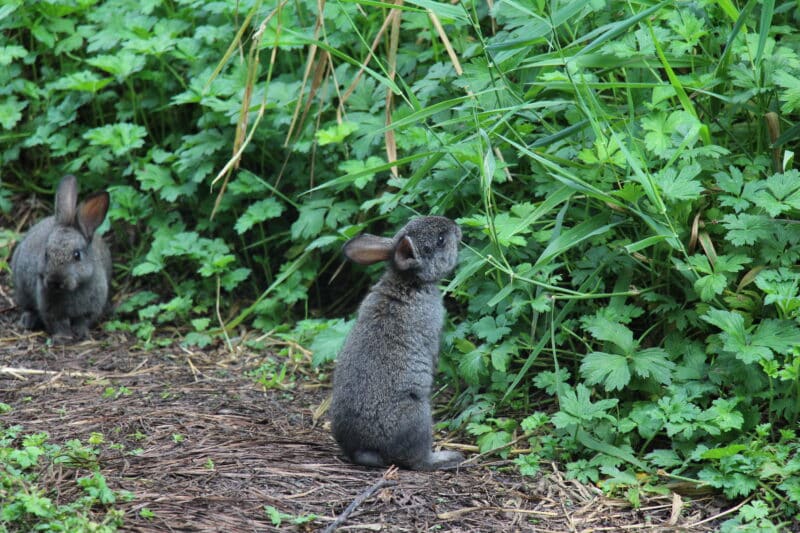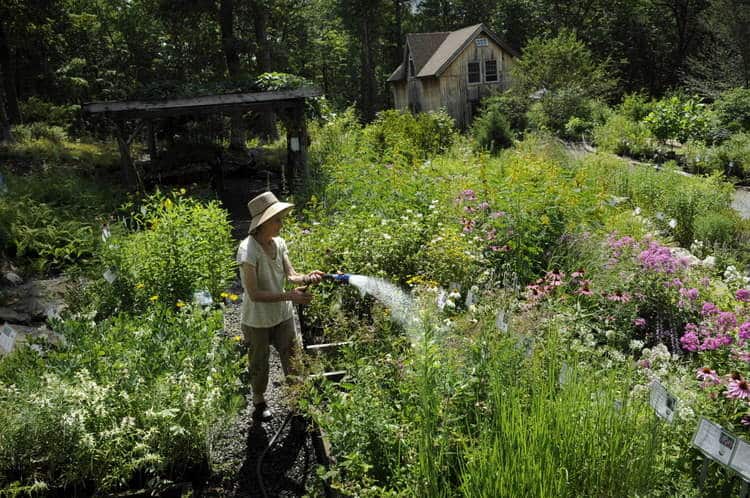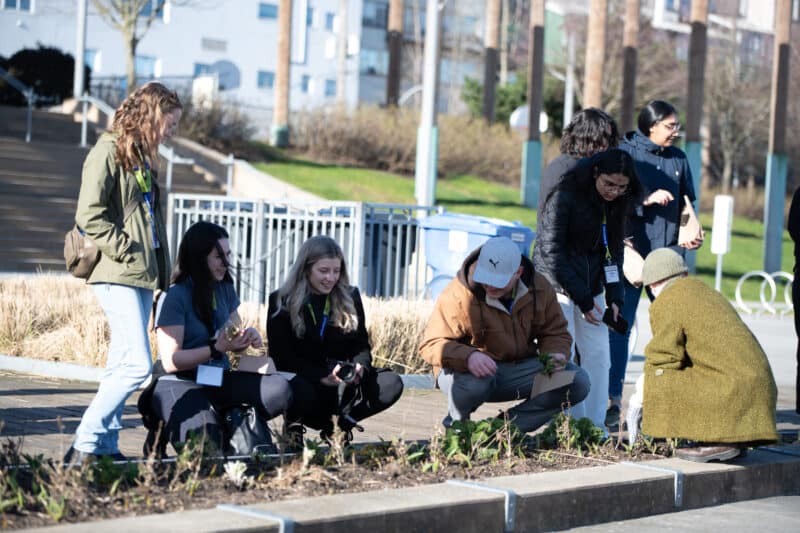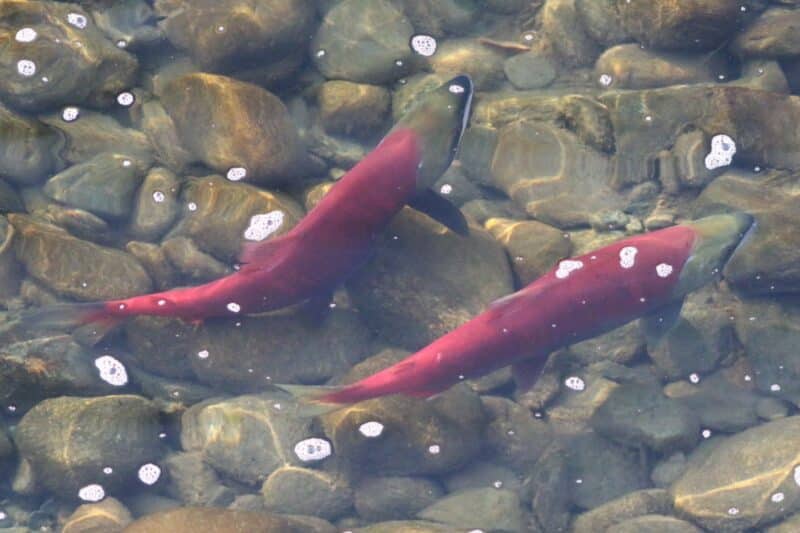Support BC’s student leaders by submitting your nominations today!
News & Events
Council News
Call for Nominations: The ISCBC Together in Action Individual Leadership Award 2024
Support BC’s individual leaders by submitting your nominations today!
Council News
The Easter Bunny Blues
By Lisa Houle | March 28, 2024 There is no denying bunnies are cute. With spring and Easter in the spotlight, these little bundles of energy with their floppy ears…
Council News
Producing your best yard from the ground up
By Lisa Houle | March 28, 2024 Temperatures are warming and the soil is awake with new life. It’s spring in B.C.! The greenery that greets us first, however, may…
Community Voice
The Future of Tomorrow is the Youth of Today
By Alex Mutch| March 27, 2024 On Saturday February 3rd youth volunteers from across Canada assembled in Ottawa to present and discuss community projects piloted in a Nationwide Youth Showcase.…
Community Voice
Youth Eco Leaders Gather from Across Canada in New Westminster
By Julia Fracassi | March 19, 2024 What makes a Youth Eco Leader? How can we elevate and support the voices of youth concerned for our environment? On February 26th,…
Events
The Impacts of Aquatic Invasive Species and Other Complex Interactions on Pacific Salmon
Apr 9, 2024 01:00 PM ISCBC hosts a presentation by Provincial Aquatic Invasive Fauna Specialist Amalis Riera Vuibert and Head of the Lakes Research Program with Fisheries and Oceans Canada,…
Community Voice
Youth Rooting to Tackle Invasives and Transform Communities
By Veronica Panama | March 7, 2024 With passion and purpose, youth from across Canada recently gathered in Ottawa for an inspiring three-day national youth summit co-hosted with the Canadian…
Events
Webinar: Calibrating Boomless Sprayers
In any spray application, the proper calibration of equipment is required to ensure that the correct rate is applied. This is necessary to ensure good pest control and to avoid…










